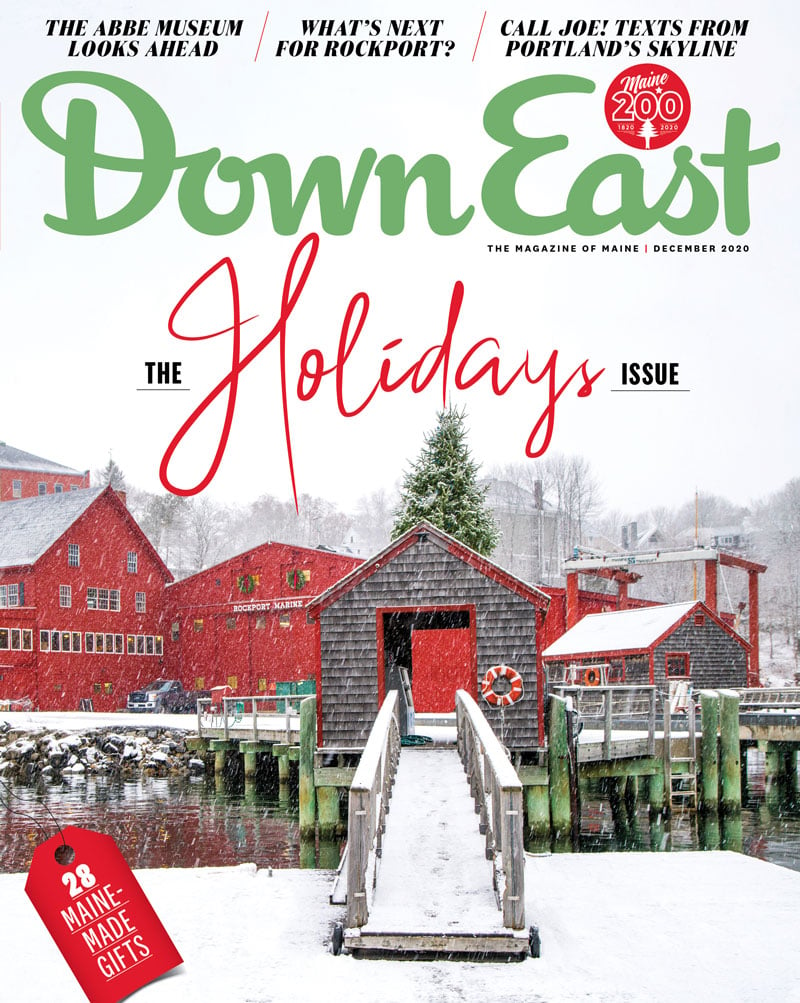By Will Grunewald
In Birds of Maine, the cedar waxwing is “demure,” whereas the common redpoll is a “bright, cheery beauty,” and the Kentucky warbler appears “distinguished and bespectacled.” And while a pine warbler’s call is the “liquid, trilling song of summer,” the wood thrush’s voice sounds “lush” and “fluting.” The book is an exhaustive resource for researchers and birders, with migration maps, nesting charts, and accounts of the history and status of all 464 avian species ever spotted in Maine, but it’s also a pleasure to page through for anyone who delights in woods, waters, and wildlife.
Naturalist Peter Vickery started the project 17 years ago (and fastidiously collected bird records for decades prior), and he didn’t want a dull tome filled only with running text, which is more or less the template for state bird books. Instead, he wanted attractive photography and illustrations, plus engaging writing that puts Maine birds in the context of local ecosystems, history, and conservation.

Peter and his wife, Barbara, settled in rural Maine in the 1970s, first in Mount Vernon, then Lincoln, then Richmond. From Maine, Peter worked for years for Massachusetts Audubon, and he earned a PhD in wildlife ecology from UMaine. “Going birding with Peter was magic,” Barbara says, “because he saw things nobody else saw. He was a natural teacher and tour guide.”
Peter came to know Ralph Palmer, author of Maine Birds, the 1949 volume that remained the most recent catalog of bird sightings in the state, even though more than a hundred additional species had been recorded by the early 2000s. By Barbara’s estimation, Peter made it through about three-quarters of a new and complete account of Maine’s birds before he died from esophageal cancer, in 2017.

During his illness, he solidified a team from his circle of bird lovers to see the book through: Bill Sheehan, a waterfowl expert; Scott Weidensaul, a naturalist and writer; Charles Duncan, a former UMaine Machias ornithologist; and Jeff Wells, Peter’s onetime field assistant who became a vice president of the National Audubon Society. Barbara, who had just retired from a 33-year career at the Nature Conservancy, managed all the moving parts and contributed to the writing.
The group chipped away without pay, as Peter wanted any book proceeds to go to a conservation fund at Maine Audubon. “This really was a labor of love for these people,” Barbara says. “It was a labor of love for me, but that’s more understandable — I was the one for whom this mattered more than anything else in my life.” Three years later, it was finished.

Peter’s favorite place to watch birds was Phippsburg’s Seawall Beach and Morse Mountain, where the couple had gotten married at Barbara’s family’s summer home. But his birding passion also took them far and wide, including to a colony of gannets on Quebec’s remote Bonaventure Island.
“Gannets have quite extraordinary colors around their beak and on their feet — blue, green, very beautiful,” Barbara recalls. “Peter said to me, ‘This is enough to make anybody believe in God.’ He was a total Darwinian, but, in other words, it was spiritual for him. He was joyful in contemplation of birds.”
Swedish painter of birds Lars Jonsson’s watercolors, as well as Massachusetts-based wildlife artist Barry Van Dusen’s sketches, appear throughout Birds of Maine (Princeton University Press; Hardcover; $45).




